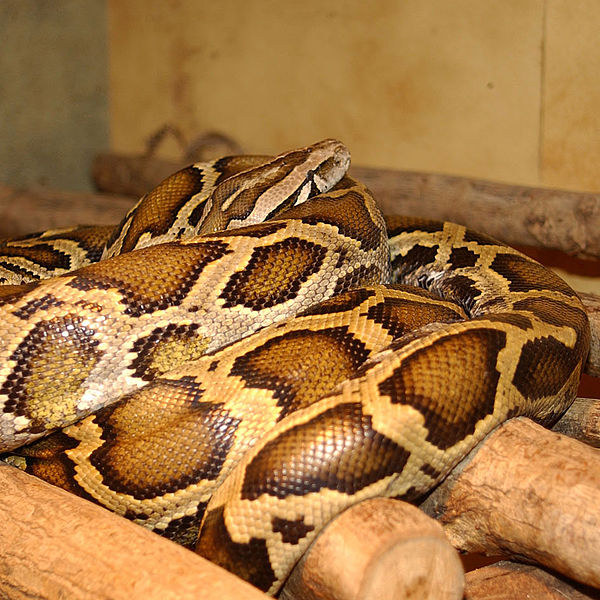 I finished the bottle of 2006 Root:1 Cabernet Sauvignon last night, and it held up well after being open a day. I am really surprised by the rhubarb on the nose. That's not an aroma that I have experienced before, and it's really strange to find it in a beverage made from grapes. I like it, though. I agree with the assessment from yesterday: this wine is a bit thin and short, but it is interesting and tasty and well worth the $8 I paid for it.
I finished the bottle of 2006 Root:1 Cabernet Sauvignon last night, and it held up well after being open a day. I am really surprised by the rhubarb on the nose. That's not an aroma that I have experienced before, and it's really strange to find it in a beverage made from grapes. I like it, though. I agree with the assessment from yesterday: this wine is a bit thin and short, but it is interesting and tasty and well worth the $8 I paid for it.The premise of the marketing schtick for this wine is that the ungrafted grapevines it is produced from produce grapes that have deeper flavor than grafted grapevines. This has been a common claim about grafted grapevines since their introduction began in the 1870s, and it's one of the principal reasons that grafted grapevines were illegal in Burgundy until 1887 despite the fact that phylloxera was devastating Burgundy vineyards to such an extent that the economic viability of winemaking there was in doubt. The only way to validate or falsify that assertion definitively would be to conduct a controlled experiment where both grafted and ungrafted vines of the same age and variety were planted in the same vineyard, which would allow us to compare the wines made from each and know that any differences between the two would likely be a result of whether the vines were grafted or ungrafted. Well, grafted and ungrafted vines don't generally exist in the same vineyard. There are regions (large parts of Chile and Argentina and some small parts of Australia) where vines are generally ungrafted, and there are regions where vines are not. The best evidence we have are evaluations of pre- and post-phylloxera wines from the same regions or vineyards, and those evaluations are pretty unanimous that the pre-phylloxera wines are better. Game, set, and match for ungrafted vines, right? Well, not really. The American rootstocks that were used for grafting carried American vine viruses with them, and these viruses were previously unknown in Europe. The spread like wildfire after the introduction of grafting, and it was many years before vinegrowers learned to combat them. So was it the grafting or was it the viruses that accounts for the decline in quality? Who knows.
































